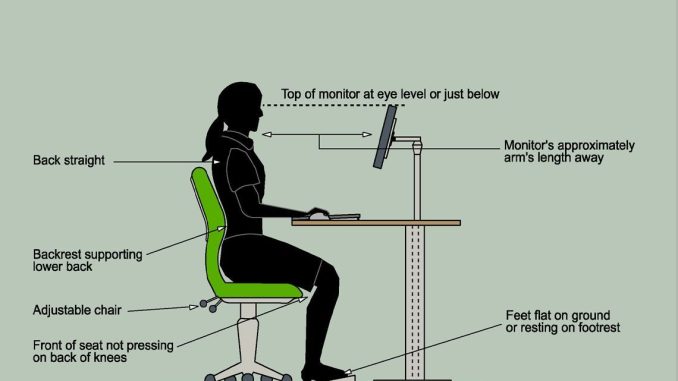
When it comes to productivity and well-being, the right office furniture plays a crucial role. Ergonomic office furniture focuses on creating a comfortable and healthy workspace, minimizing the risk of musculoskeletal disorders, improving posture, and increasing overall efficiency.
The Importance of Ergonomics
Ergonomics is the science of designing equipment and furniture that adapts to the user's body and promotes a natural and efficient working posture. Traditional office furniture often fails to support the body's natural alignment, leading to discomfort, fatigue, and various physical ailments. By investing in ergonomic office furniture, individuals can experience numerous benefits: Reduced risk of musculoskeletal disorders (MSDs) Improved overall comfort Enhanced productivity and focus Better posture and spinal alignment Decreased fatigue and discomfort Increased blood circulation Prevention of repetitive strain injuries (RSIs) Flexibility and adjustability to accommodate various body types
Ergonomic Office Chair
Most people spend a significant amount of time sitting in their office chairs, making it crucial to have a chair that supports the body properly. An ergonomic office chair should have the following features: Adjustability: Height, armrests, and backrest should be easily adjustable to accommodate individual preferences. Lumbar support: The chair should provide adequate support to the lower back, preventing slouching and promoting a neutral spine position. Seat depth and width: The seat should be deep and wide enough to avoid pressure on the thighs and promote good blood circulation. Padding and cushioning: Sufficient padding and cushioning ensure comfort throughout the day. Swivel and wheels: The chair should have a smooth swivel and wheels for easy movement around the workspace.
Ergonomic Desk
An ergonomic desk is designed to provide a comfortable and efficient work area. Key features of an ergonomic desk include: Height adjustability: The desk should be easily adjustable to accommodate different user heights and allow for proper positioning of the arms and hands. Ample workspace: The desk should provide enough space for the computer, paperwork, and other necessary items. Cable management: Integrated cable management systems help keep the workspace organized and reduce clutter. Sturdy construction: A stable and durable desk ensures that it can support the weight of equipment and minimize vibrations.
Ergonomic Keyboard and Mouse
Typing and using a mouse for extended periods can put strain on the wrists and hands. Ergonomic keyboards and mice are designed to minimize discomfort and reduce the risk of repetitive strain injuries. Key features to look for include: Ease of use: The keyboard and mouse should have a design that allows for natural hand positioning and minimal effort during use. Split keyboard: A split keyboard helps align the wrists and prevents strain. Wrist support: Cushioned wrist rests provide support and comfort during typing. Adjustable mouse: An ergonomic mouse should fit comfortably in the hand and offer adjustable sensitivity and buttons.
Additional Ergonomic Accessories
Aside from the essential furniture, there are additional accessories that can further enhance comfort and well-being in the office: Monitor stand: Elevating the monitor to eye level helps maintain proper neck alignment. Footrest: A footrest can alleviate pressure on the legs and provide better overall support. Document holder: Placing documents at eye level with a document holder prevents excessive neck bending. Task lighting: Adequate lighting reduces eye strain and fatigue.
Conclusion
Investing in ergonomic office furniture is an investment in both comfort and health. By prioritizing the well-being of employees, individuals can create a workspace that promotes productivity, reduces the risk of health issues, and ultimately leads to a happier and more efficient work environment.
